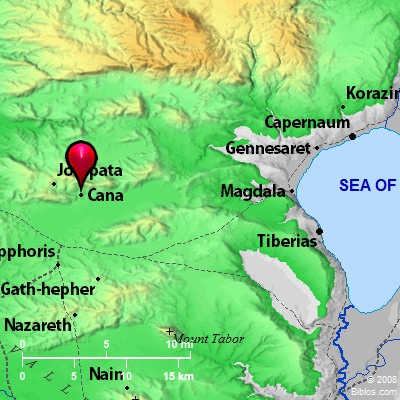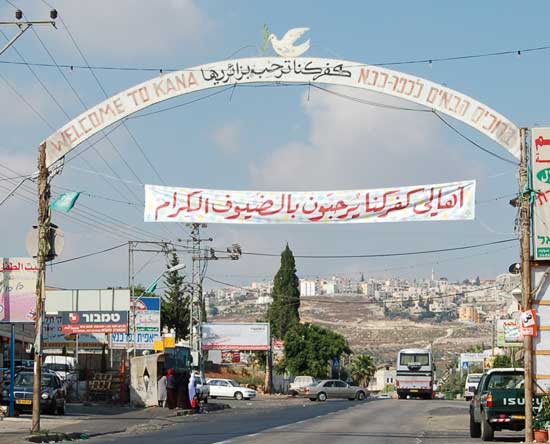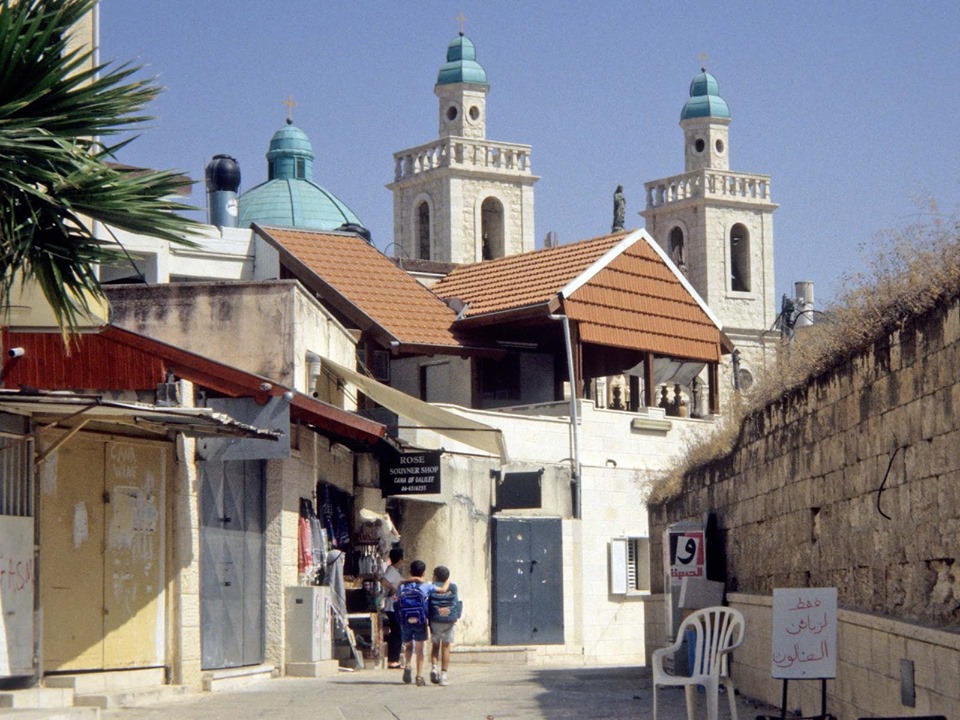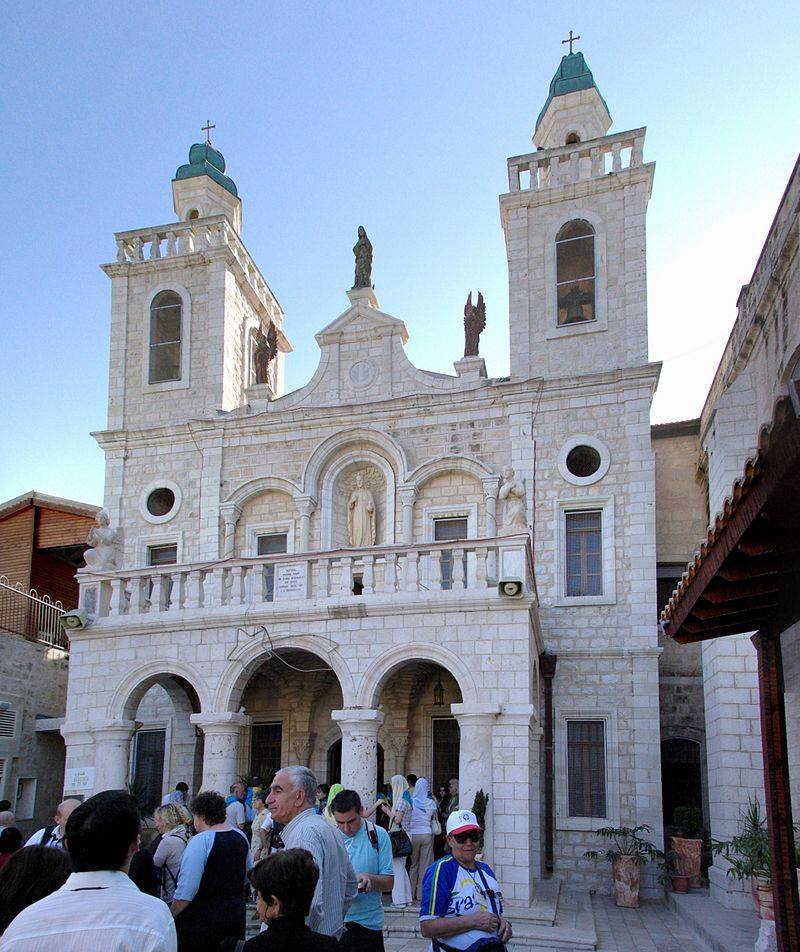『这是耶稣所行的头一件神迹,是在加利利的迦拿行的,显出祂的荣耀来,祂的门徒就信入了祂。 』(约翰福音2:11)
迦拿(Cana, 意芦苇。 芦苇象征软弱、脆弱的人),旧约未曾提及,是拿撒勒和迦百农之间的一个小村庄,在小山和溪水旁,不在干道上,环境清静,目前人口不到两万人。 耶稣在此行了第一个神迹,变水为酒,所以祂的门徒就信入了祂(约2:1-11)。 耶稣在加利利省所行的第二个神迹也在迦拿,医好了大臣的儿子,使这位大臣的全家都信了耶稣(约4:46-54)。 迦拿也是耶稣的门徒拿但业的家乡(约21:2)。
圣经首次题起任何事,都是立定那件事的原则。 因此,这里的头一件神迹,立定了往后一切神迹的原则,就是变死亡为生命。 神迹,原文都称为表号,表征生命的事。
“This beginning of signs Jesus performed in Cana of Galilee and manifested His glory, and His disciples believed into Him.” (John 2:11)
Cana means reed, and reeds signify weak and fragile people. Cana, which is not mentioned in the Old Testament, is a small, quiet village between Nazareth and Capernaum, currently with the population of less than 20,000 people. Jesus performed His first miracle in Cana, turning water into wine, and His disciples believed in Him (John 2:1-11). The second miracle that Jesus performed in Galilee province was also in Cana, where the son of a royal official was healed, and the official and his whole family believed into Jesus (John 4:46-54). Cana is also the hometown of Jesus’ disciple Nathaniel (John 21:2).
The first mentioning of any matter in the Scriptures sets forth the principle of that matter. Therefore, this first sign sets forth the principle of all the following signs, that is, to change death into life. In the book of John all the miracles done by Jesus are called signs. They are miracles, but they are used as signs to signify the matter of life.







